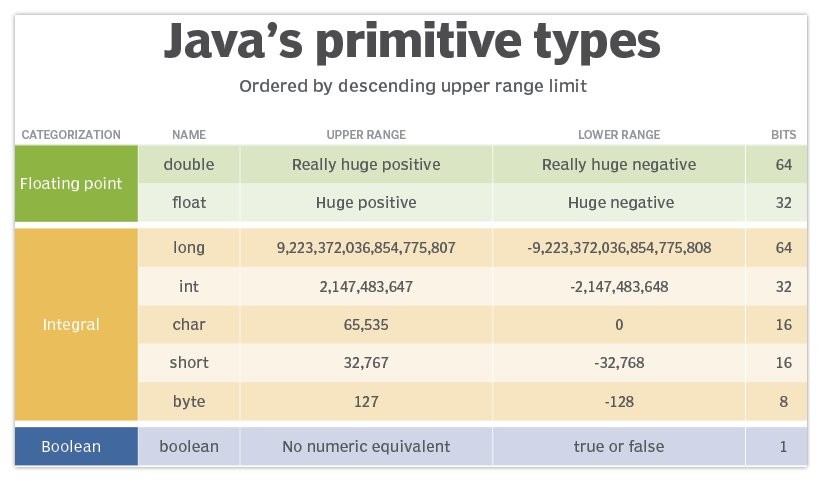Understanding the difference between int and Integer in Java is crucial for writing efficient and error-free code. This article explores the core distinctions between these two data types and answers the critical question: can you compare them? We’ll delve into their fundamental nature, how comparisons work, performance implications, and when to use each.
Key Differences Between int and Integer
At first glance, int and Integer might seem interchangeable, but they represent distinct concepts in Java:
intis a primitive type: It represents a whole number without any associated methods or properties. It directly stores the numeric value in memory.Integeris a wrapper class: It’s part of the Java API and encapsulates anintvalue within an object. This provides access to methods for converting, comparing, and manipulating integer values.
This fundamental difference leads to several practical distinctions:
- Object vs. Primitive:
Integeris an object, inheriting from theObjectclass, whileintis a fundamental building block of the language. - Comparison Methods:
intvalues are compared using the equality operator (==), comparing their numeric values directly.Integerobjects, being objects, should be compared using the.equals()method to ensure accurate comparison of the underlyingintvalues. Using==withIntegerobjects compares memory addresses, not the actual integer values, which can lead to unexpected results. - Memory Usage:
Integerobjects consume more memory thanintdue to the overhead of object creation and management. - Methods and Properties:
Integerprovides methods likeparseInt(),valueOf(),toHexString(), and properties likeMIN_VALUEandMAX_VALUE, which are not available for the primitiveint.
 java int vs Integer differences
java int vs Integer differences
Comparing int and Integer: The How and Why
So, can you compare an int to an Integer? Yes, you can, but with a caveat. Java automatically performs a process called autoboxing, converting an int to an Integer when necessary. This allows comparisons like:
int primitiveInt = 10;
Integer objectInteger = new Integer(10);
if (primitiveInt == objectInteger) {
System.out.println("They are equal!");
}This code works because primitiveInt is autoboxed into an Integer object, and then the numerical values are compared. However, relying on autoboxing for comparisons can impact performance, especially in loops or frequently executed code. For clarity and efficiency, consider explicitly converting one type to the other before comparing:
int primitiveInt = 10;
Integer objectInteger = 15;
if (primitiveInt == objectInteger.intValue()) {
System.out.println("They are equal after explicit conversion!");
}Performance Considerations
While autoboxing facilitates comparisons, frequent autoboxing and unboxing operations can lead to performance overhead. In performance-critical applications, using int is generally more efficient. However, collections like ArrayList and HashMap require objects, necessitating the use of Integer.
When to Use Which
- Use
int: When dealing with simple numerical operations, loops, and performance-sensitive scenarios where object overhead is a concern. - Use
Integer: When working with collections, requiring object representations of integers, or when you need the functionality provided by theIntegerclass’s methods and properties. This includes scenarios requiring null values, asintcannot be null.
Conclusion
The difference between int and Integer boils down to primitive versus object. While Java’s autoboxing allows for seamless comparisons, understanding the underlying mechanisms and performance implications is vital for writing optimized code. Choose the data type that best suits your specific needs, prioritizing int for efficiency in numerical computations and Integer for object-related operations and leveraging its utility methods.